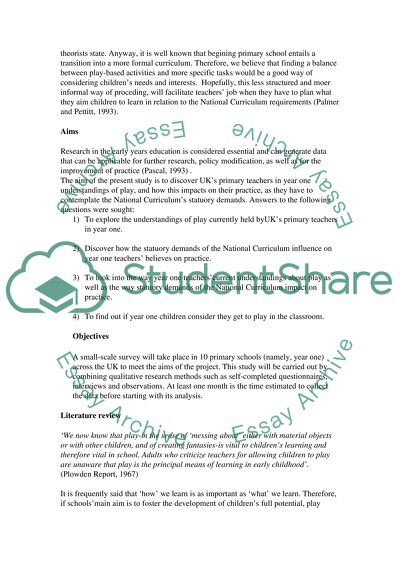Cite this document
(“The way play-based approaches to teaching and learning impact in the Research Proposal”, n.d.)
The way play-based approaches to teaching and learning impact in the Research Proposal. Retrieved from https://studentshare.org/education/1513381-the-way-play-based-approaches-to-teaching-and-learning-impact-in-the-quality-education
The way play-based approaches to teaching and learning impact in the Research Proposal. Retrieved from https://studentshare.org/education/1513381-the-way-play-based-approaches-to-teaching-and-learning-impact-in-the-quality-education
(The Way Play-Based Approaches to Teaching and Learning Impact in the Research Proposal)
The Way Play-Based Approaches to Teaching and Learning Impact in the Research Proposal. https://studentshare.org/education/1513381-the-way-play-based-approaches-to-teaching-and-learning-impact-in-the-quality-education.
The Way Play-Based Approaches to Teaching and Learning Impact in the Research Proposal. https://studentshare.org/education/1513381-the-way-play-based-approaches-to-teaching-and-learning-impact-in-the-quality-education.
“The Way Play-Based Approaches to Teaching and Learning Impact in the Research Proposal”, n.d. https://studentshare.org/education/1513381-the-way-play-based-approaches-to-teaching-and-learning-impact-in-the-quality-education.


